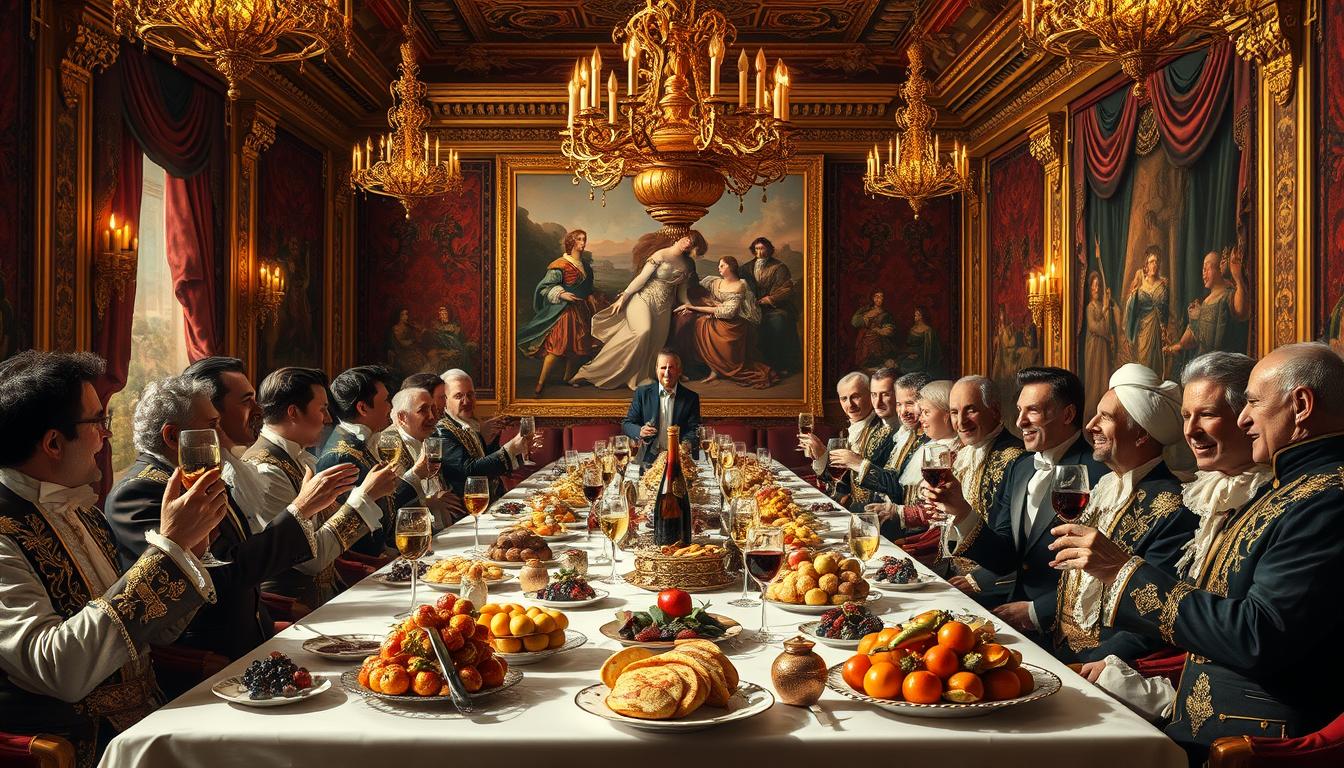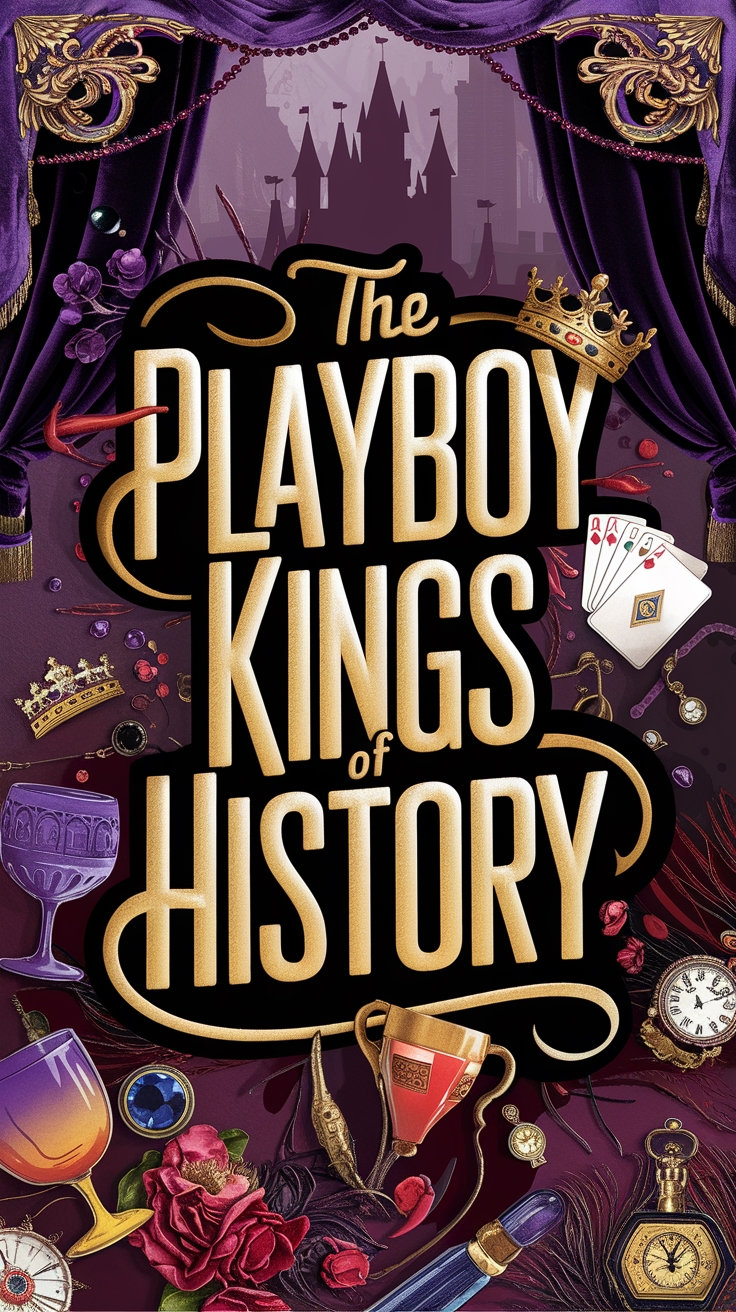Some monarchs turned their thrones into symbols of endless pleasure and luxury. They were known as royal philanderers. They used their power to live lives full of excitement and extravagance.
These playboy kings of history were famous for their wild parties and scandalous love affairs. Their stories show how power and desire can lead people to break rules. They lived life to the fullest, shocking and fascinating everyone around them.
Imagine a world where kings could do anything they wanted. They had many mistresses, spent lavishly, and ignored traditional rules. These monarchs didn’t just exist; they celebrated life with passion and intensity.
Key Takeaways
- Royal power often translated to unprecedented personal freedom
- Many monarchs maintained complex networks of romantic relationships
- Extravagant lifestyles were a hallmark of certain royal personalities
- Personal indulgences frequently impacted political landscapes
- Historical royal behavior reveals complex human dynamics beyond official narratives
King Louis XIV: Sun King’s Opulence
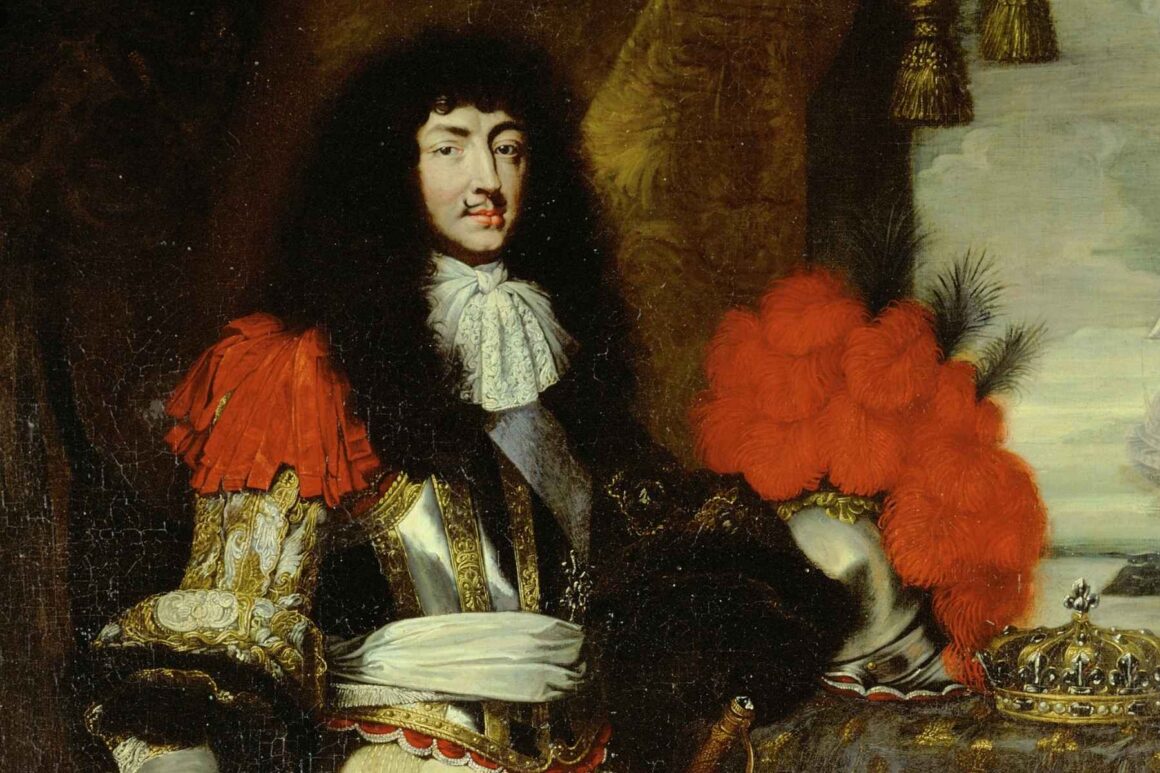
King Louis XIV, known as the Sun King, lived a life of luxury and power. His court at Versailles was the height of royal splendor in 17th-century Europe. He turned France into a grand stage, where he was the star of politics and culture.
As a ruler known for his many love affairs, Louis XIV’s personal life was as exciting as his politics. His mistresses, like Madame de Montespan, had a big say in court matters. His love stories are famous in royal history.
The Palace of Versailles was a symbol of Louis XIV’s greatness. It had over 700 rooms and beautiful gardens. The palace was more than a home; it showed the king’s power and wealth. People from all over Europe were amazed by Louis XIV’s lavish lifestyle.
Louis XIV’s impact was more than just his love life. He made France a leading power in Europe and set a cultural example for future monarchs. His rule changed how European royalty showed their power.
Henry VIII: Tudor’s Extravagant Playboy
Henry VIII is one of the most infamous kings in English history. He was just 17 when he became king in 1509. He changed from a Renaissance prince to a notorious monarch known for his lavish lifestyle and tumultuous personal life.
The king’s reputation as an infamous king came from his six marriages. His actions also changed England’s religious landscape. He wanted a male heir so badly that he executed two of his wives.
Henry VIII was brutal during his 36-year reign. He had about 57,000 people executed, averaging 1,583 executions per year. He spent a lot on clothes, jewels, and grand palaces, showing his royal privilege and power.
His biggest impact was breaking with the Catholic Church. By creating the Church of England, he changed the nation’s religious and political structure. His desires shaped English history, leading to future religious conflicts and changing the monarchy’s role.
Despite his controversial legacy, Henry VIII is a fascinating figure. He shows the complex world of royal power and personal ambition during the Tudor period.
Emperor Nero: Rome’s Hedonistic Ruler
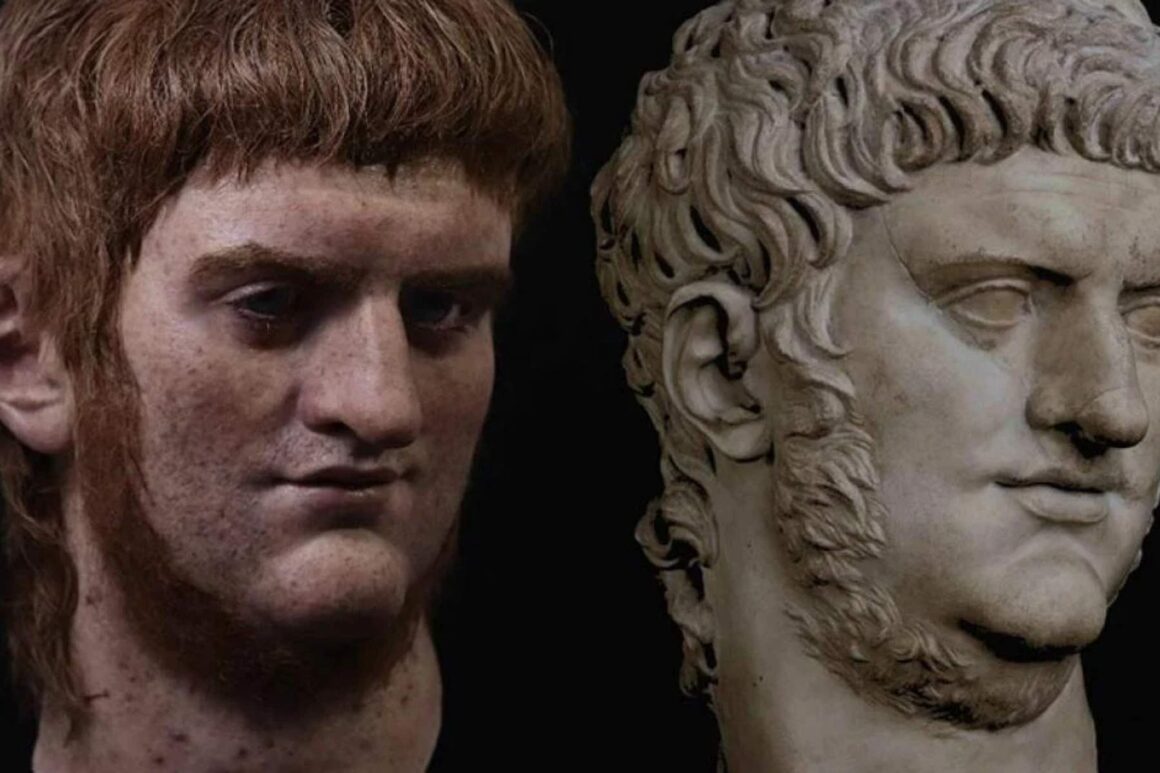
Emperor Nero is known as one of history’s most infamous rulers. His reign was marked by the decadence of ancient Roman power. Nero turned the Roman Empire into his playground of extravagance and indulgence.
He spent huge amounts on personal entertainment, using over 25% of the Roman treasury for lavish parties and luxuries. His palace, the Domus Aurea, covered 300 acres, showing his unmatched opulence. Archaeologists found that events could cost up to 100,000 sesterces, showing his huge spending.
Nero was also famous for his artistic pursuits. He acted and played music, which was seen as scandalous for a Roman emperor. He was accused of starting the Great Fire of Rome and had rumors of extreme personal indulgences.
The public hated Nero’s reign. About 60% of Roman citizens were unhappy with him, seeing his lavish lifestyle as a betrayal. This discontent led to his downfall, ending the Julio-Claudian dynasty in turmoil.
Tsar Nicholas II: Russia’s Last Decadent Monarch
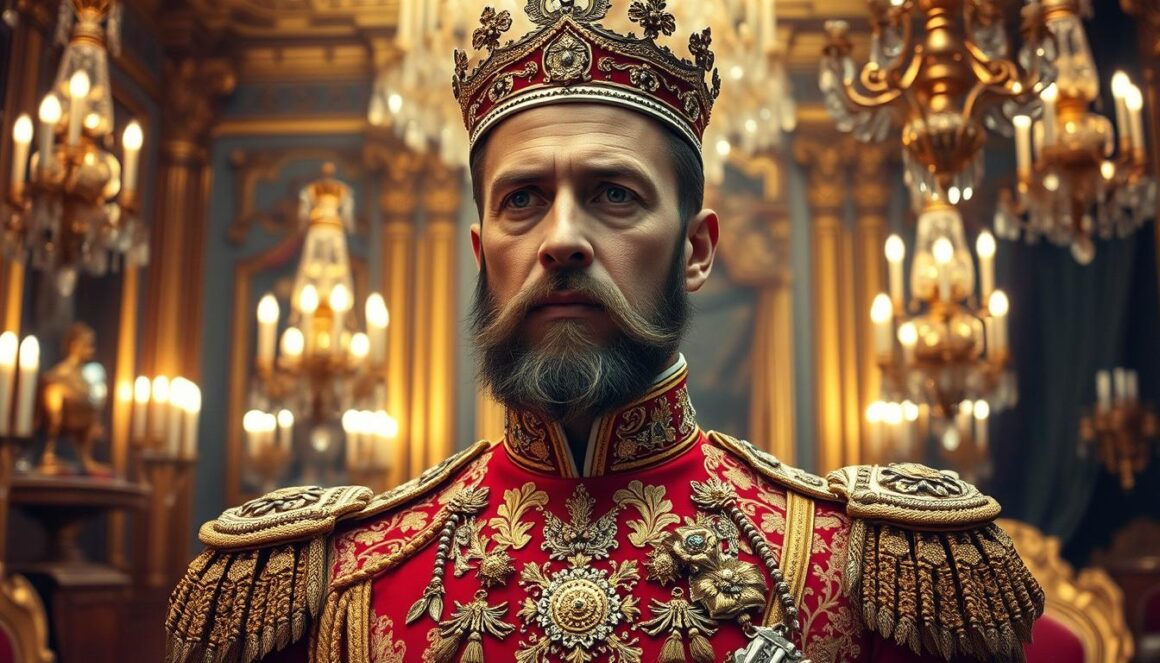
Tsar Nicholas II was one of the most famous playboy kings in history. He was Russia’s last emperor. His life was filled with luxury, but he was far from his people.
Nicholas II loved to spend money and didn’t understand politics. He spoke five languages and was well-educated. Yet, he ignored the needs of his people, leading to the downfall of the Romanov dynasty.
His close relationship with Grigori Rasputin was a big part of his scandalous reign. Rasputin had a lot of power over the royal family. This caused a lot of anger in Russia. When Nicholas II gave up the throne in February 1917, it marked the end of the Romanovs.
Tragically, Nicholas II and his family were killed in July 1918. Their deaths were a sad end to the Romanov empire. It was a big change in world politics in the early 1900s.
King Ludwig II: Bavaria’s Fairy Tale King
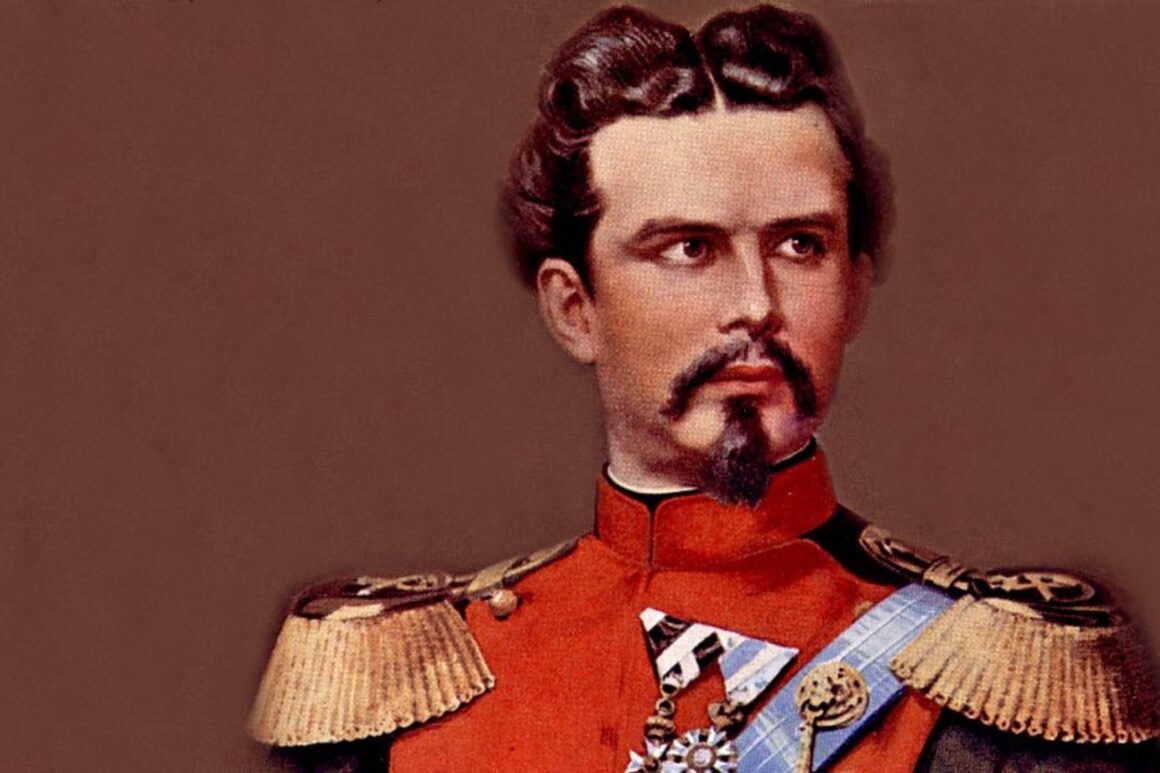
King Ludwig II of Bavaria was a dreamer who turned royal dreams into real castles. He is known as the “Fairy Tale King.” His creations are some of the most stunning castles in the world.
His masterpiece, Neuschwanstein Castle, is a symbol of his romantic vision. It sits dramatically in the Bavarian Alps. This castle inspired Disney’s castle design. Ludwig spent millions on his castles, often using Bavaria’s royal money.
Ludwig loved composer Richard Wagner’s work. He funded Wagner’s operas and gave him a lavish lifestyle. Ludwig believed in art’s power to change lives. Despite being reclusive, his unique personality captured the public’s interest.
Ludwig’s death remains a mystery. He was declared mentally unstable and deposed. He died in Lake Starnberg under unclear circumstances. His legacy includes breathtaking castles that draw millions each year.
Sultan Suleiman: Ottoman Empire’s Lavish Leader
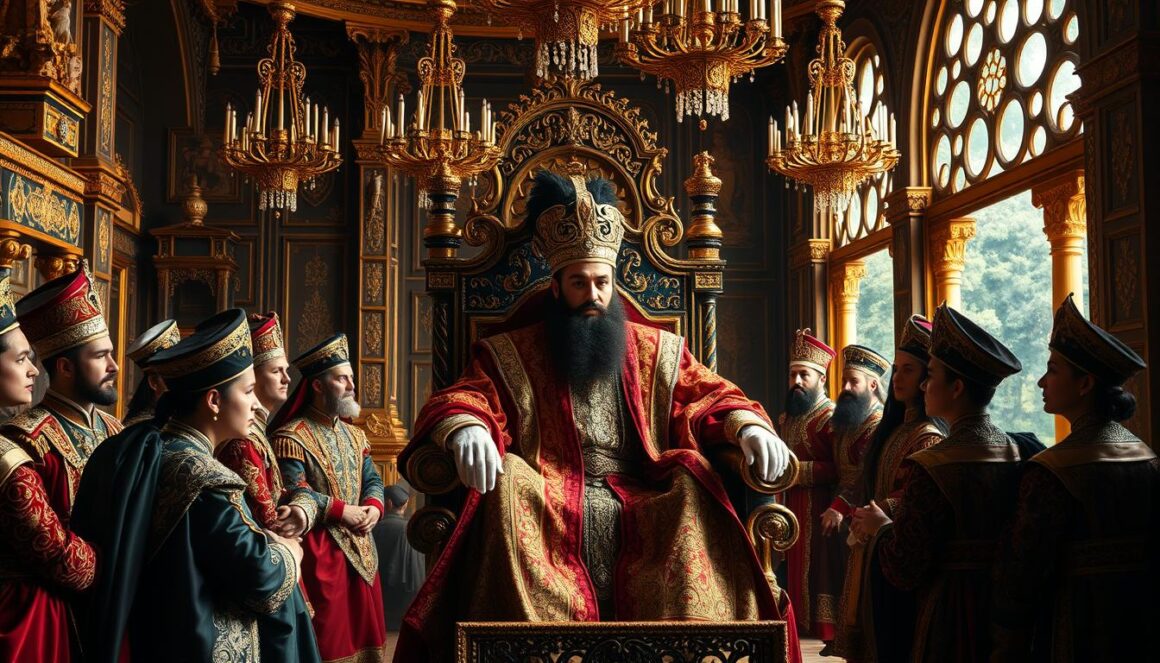
Sultan Suleiman, known as the Magnificent, ruled the Ottoman Empire at its peak. He was one of history’s most promiscuous leaders, turning the empire into a cultural and military giant. His rule from 1520 to 1566 was the empire’s highest point in Europe and Asia.
The sultan’s court was known for its extravagance and political intrigue. His relationship with Roxelana, his favorite wife, changed Ottoman traditions. She had a lot of power, influencing decisions and challenging the harem’s rules.
Suleiman’s military campaigns expanded the empire’s borders. He even tried to take Vienna in 1529. His support for arts and architecture led to beautiful mosques and buildings that are famous today.
Topkapi Palace was the symbol of Ottoman luxury under Suleiman. He backed artists, scholars, and craftsmen, sparking a cultural boom. His diplomacy, like his alliances with France, showed the empire’s advanced politics in the 16th century.
Suleiman was a complex figure – a warrior, poet, and visionary. He shaped the Ottoman Empire’s golden age of prosperity and culture.
King Edward VII: Britain’s Pleasure-Seeking Monarch
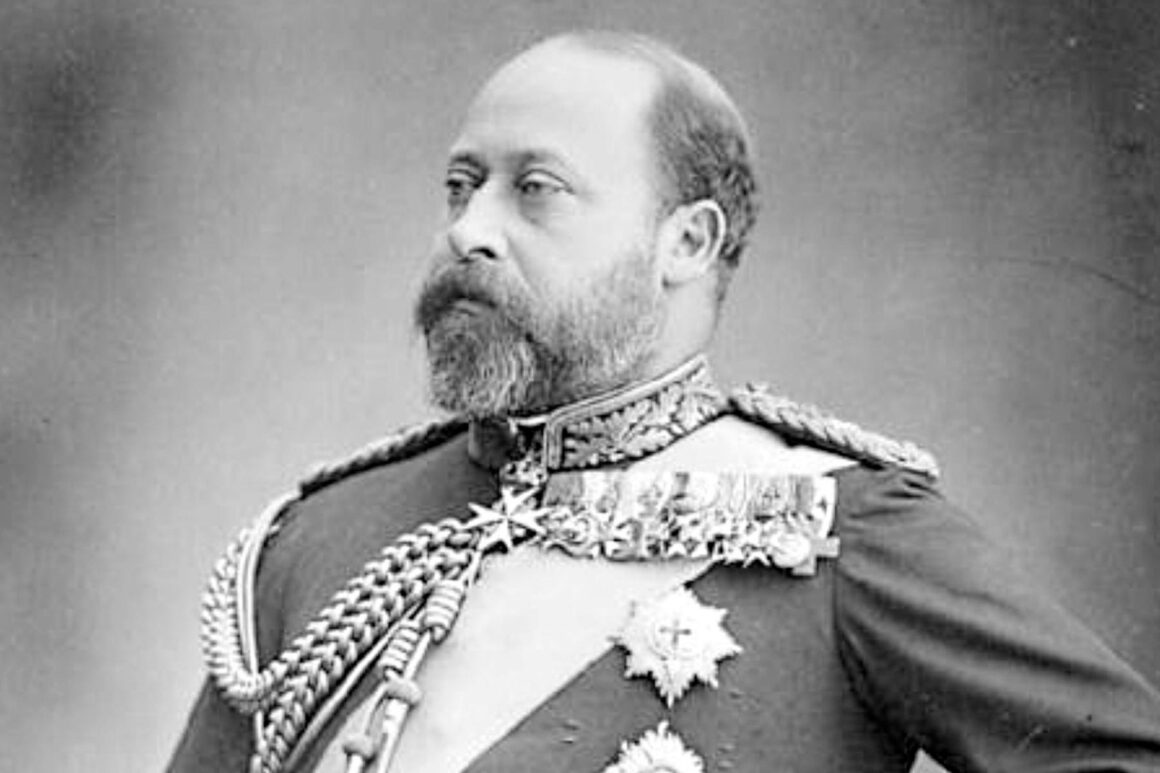
King Edward VII, known as “Dirty Bertie,” was a legendary figure in British royal history. Born in 1841, he was famous for his lavish lifestyle and many romantic encounters. It’s estimated he had sex with around 15,000 to 18,000 women, making him a royal playboy.
His scandalous ways started early, with his first big affair at 20. Edward even had a special “sex chair” for his trysts. Despite being married to Princess Alexandra, he had at least 55 affairs.
Edward was more than just a playboy. As King of Great Britain from 1901 to 1910, he was a key diplomat. He was called “Uncle of Europe” because of his royal connections. His personal life led to over 20 scandals, but he modernized the British royal image.
The king loved to spend, often losing huge sums at gambling. He would gamble £40,000 at a time, which is millions today. Yet, he also supported over 100 charities and cut military spending by 15%.
His nine-year reign changed British society, making the royal family more modern and setting new standards for the early 20th century.
Conclusion: The Playboy Kings of History
Playboy kings of history have always fascinated us. They lived extravagant lives and left complex legacies. These rulers used their power for personal pleasure, often harming their kingdoms and people.
Their stories show a deep conflict between personal desires and duty. Edward VIII gave up his throne for love, while Louis XIV’s court at Versailles was incredibly lavish. These actions show how personal choices can change history.
These kings remind us that unchecked power can bring freedom but also harm society. Their lives make us think about the balance between personal desires and leadership. They offer deep insights into human nature through history.
Though known for scandals, these monarchs show our ongoing struggles with power, love, and freedom. Their stories continue to captivate us, showing the allure of those who defy social norms.
FAQ
Who were the most notorious playboy kings in history?
Famous playboy kings include King Louis XIV of France and Henry VIII of England. Emperor Nero of Rome and Tsar Nicholas II of Russia are also well-known. King Ludwig II of Bavaria, Sultan Suleiman the Magnificent, and King Edward VII of Britain round out the list. These monarchs were known for their lavish lifestyles and many romantic entanglements.
How did these monarchs use their power for personal pleasure?
These kings used their power to fulfill personal desires. They had many mistresses and built grand palaces. They also hosted lavish parties and spent royal funds on personal indulgences.
For example, Louis XIV turned Versailles into a stunning palace. Henry VIII broke from the Catholic Church for love.
Did these playboy kings’ behaviors impact their kingdoms?
Yes, their behaviors had big impacts. Their lavish lifestyles caused political, economic, and social problems. Tsar Nicholas II’s decadence, for instance, contributed to the Russian Revolution.
Henry VIII’s desires changed England’s religion. Their actions often led to instability and unrest.
Were these monarchs considered successful rulers despite their personal excesses?
Success varied among these monarchs. Sultan Suleiman the Magnificent was a successful ruler who balanced indulgence with achievements. Nero and Nicholas II, on the other hand, are remembered for their failures.
Their legacies are complex, mixing achievements with scandal.
How did these kings’ romantic relationships influence their reigns?
Romantic relationships were key in their political lives. Louis XIV’s mistresses had court influence. Henry VIII’s marriages changed English religion.
Sultan Suleiman’s relationship with Roxelana impacted Ottoman politics.
What motivated these monarchs’ extravagant lifestyles?
Motivations included absolute power, personal desire, and cultural expectations. They believed in their divine right to rule. King Ludwig II of Bavaria built fantastical castles to express his ideals.
How are these playboy kings remembered today?
They are remembered with fascination and criticism. Their stories are entertaining, but historians also see the consequences. They represent the complex nature of absolute monarchy and the thin line between privilege and excess.

